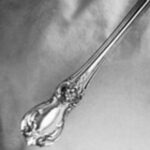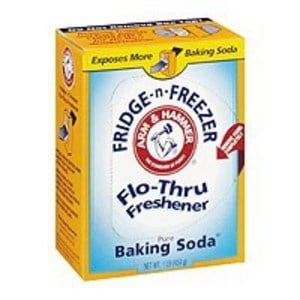Your project is built and now it’s time to add the finishing touches.
Most often that’s a few coats of finish but if the project includes drawers, you’ll also need to choose an appropriate lining. I like to make the choice of which material to use for the lining based on what I plan to store in the drawer. If the drawer is going to hold tools or other heavy items, a durable liner is the best option. If it’s made to hold jewelry or silverware, you might want to consider a soft, plush fabric to line the drawers. There are some materials, like felt, that perform well for both uses.
Felt
Felt is an extremely durable fabric. It’ soft, it cushions well, and it’s inexpensive. When I use felt to line a drawer, I usually apply it to hardboard or heavy poster board with spray adhesive. You can cut the lining to fit once it’s attached to the backing. Once it’s mounted to a backing, it slips in the drawer and I can replace it later with ease. Before you purchase felt for lining drawers, you should know that not all felt is created equal, look for felt that’s made from 100% wool. It stands up to a lot of abuse and it resists dirt and stains. The felt you find in craft stores is usually made from nylon, which isn’t as durable as wool felt. But it is available with adhesive on the back. An advantage if you don’t want to back the lining.
Velvet
Velvet is another choice for fabric drawer liners. It’s available in a variety of colors with adhesive backing. I find this material is best used for jewelry boxes or flatware storage. It’s just not durable enough for shop tools. Like felt, I usually apply this drawer liner material to poster board backing. This way, it can be easily replaced if it shows wear.
Leather and Suede
If you want to line drawers with a more rugged material, nothing beats leather or
suede for holding up under heavy use. The thick materials work well for use with tools. Suede also has non-slip properties to keep items from shifting in the drawer. It’s not necessary to back leather or suede, as it holds its shape when you cut and fit it, plus it resists dirt and oil and cleans up easily. The only drawback to this material is that it will cause silver to tarnish, so you shouldn’t use it to line jewelry boxes or silverware chests but it won’t harm tools.
Cork
Cork is one of the most versatile materials made for lining drawers. This material holds up best to sharp tools and won’t harm fine silver. It’s available in different levels of thickness, with or without an adhesive back, usually in rolls. It cuts easily with a utility knife, and you can back it with poster board for easy replacement or you can attach it directly to the drawer, since it doesn’t shift or stretch.
Vinyl
Vinyl matting has a variety of uses around the shop. And lining tool chest drawers is just another great idea. This material is made in several finishes from textured to open weave. Vinyl takes a lot of abuse from tools and remains in good shape. I also like it because I can cut it to fit the drawer and just drop it in without having to use a backing. And since it’s a high-friction material, it won’t slide around. So you don’t have to worry about gluing it down.
Flocking
Spray-on flocking is another good way to line drawers for storage. You can read more about this product and how to apply it in the box below.




